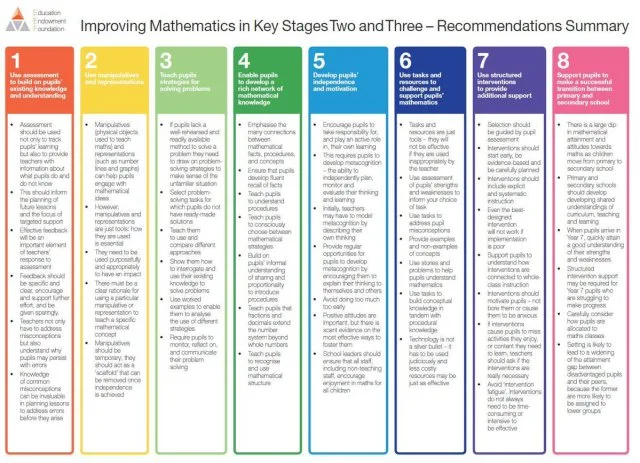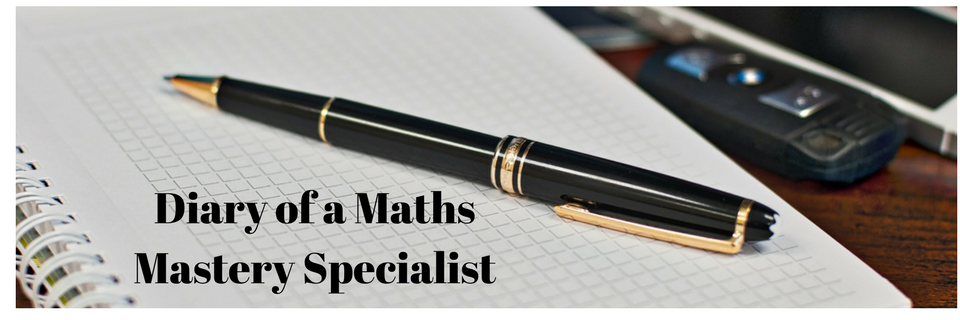 A lot of the language and thinking in the first half of the report ties in very closely with the big ideas in the NCETM Teaching for Mastery in Mathematics. Here are some of my highlights, with quotes from the report and my comments.
A lot of the language and thinking in the first half of the report ties in very closely with the big ideas in the NCETM Teaching for Mastery in Mathematics. Here are some of my highlights, with quotes from the report and my comments.1. Use assessment to build on pupils’ existing knowledge and understanding
Giving Feedback
"Schools should be careful that their desire to provide effective feedback does not lead to onerous marking policies and a heavy teacher workload. Effective feedback can be given orally; it doesn’t have to be in the form of written marking."We all know that feedback is best if it is timely, personal and relevant. The NCETM guidance on marking and feedback recommends "If interaction between teacher and pupils is good, then efficient marking strategies can be deployed."
Addressing misconceptions
"It is important that misconceptions are uncovered and addressed rather than side-stepped or ignored"Part of planning the sequence of a lesson is identifying the misconceptions that children are most likely to make and how they will be addressed. Use of an anchor task or problem at the start of the lesson can be a way of uncovering children's ideas.
2. Use manipulatives and representations
"A manipulative should enable a pupil to understand mathematics by illuminating the underlying general relationships"
The use of structured representations of number is one of the key themes of Teaching for Mastery. But it is important to see the concrete manipulative as only part of the journey. Once the representation has been introduced with the manipulative, it can be linked to the pictorial and abstract counterparts. The representation is always there for students to refer back to, but is not a tool to perform the calculations.
"Teachers should purposefully select different representations of key mathematical ideas to discuss and compare with the aim of supporting pupils to develop more abstract, diagrammatic representations."Teachers need to choose representations carefully to illustrate the key mathematical idea in the lesson. There is always a danger (maybe more so in KS1) of having too many representations on display or in the classroom so the children loose the links between them.
3. Teach strategies for solving problems
In the past we have tended to teach 'problem solving' as an add on to the curriculum.
"OK, we've done a week of multiplication, now here are some multiplication problems to solve".
Teaching the skill of solving problems means giving children opportunities to get stuck.
"Help students to make use of appropriate diagrams and representations that provide insight into the structure of a problem and into its mathematical formulation."The use of bar models to represent the structure of a problem is a valuable way to develop a better understanding of the maths that is most likely to be useful.
4. Enable pupils to develop a rich network of mathematical knowledge
Ensure that pupils develop fluent recall of number facts
Children's automaticity of number facts allow them to concentrate.on the mathematical ideas without being distracted by trying to recall their number bonds to ten or their times table facts.

